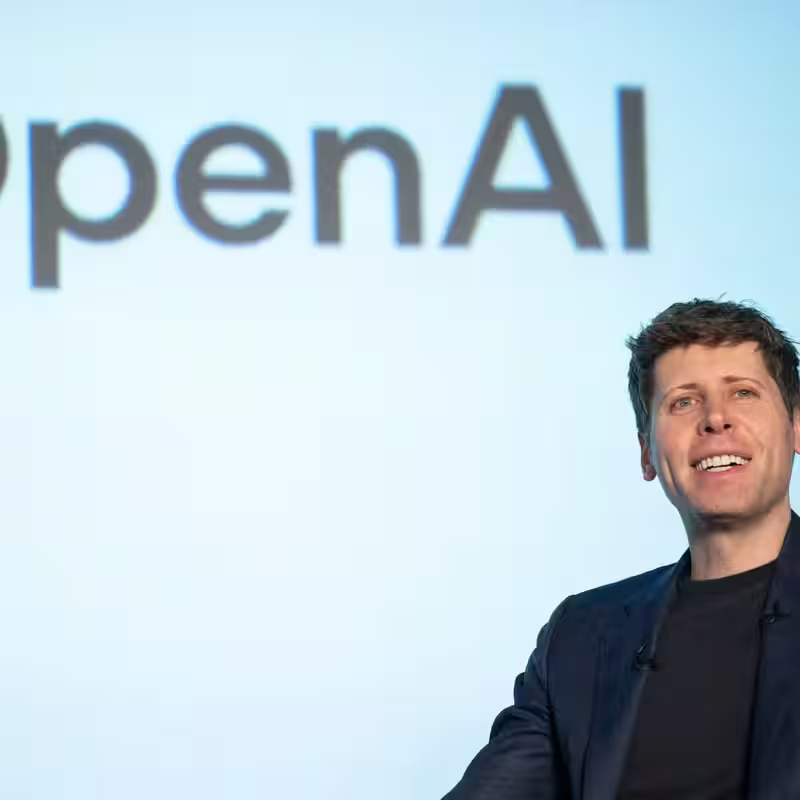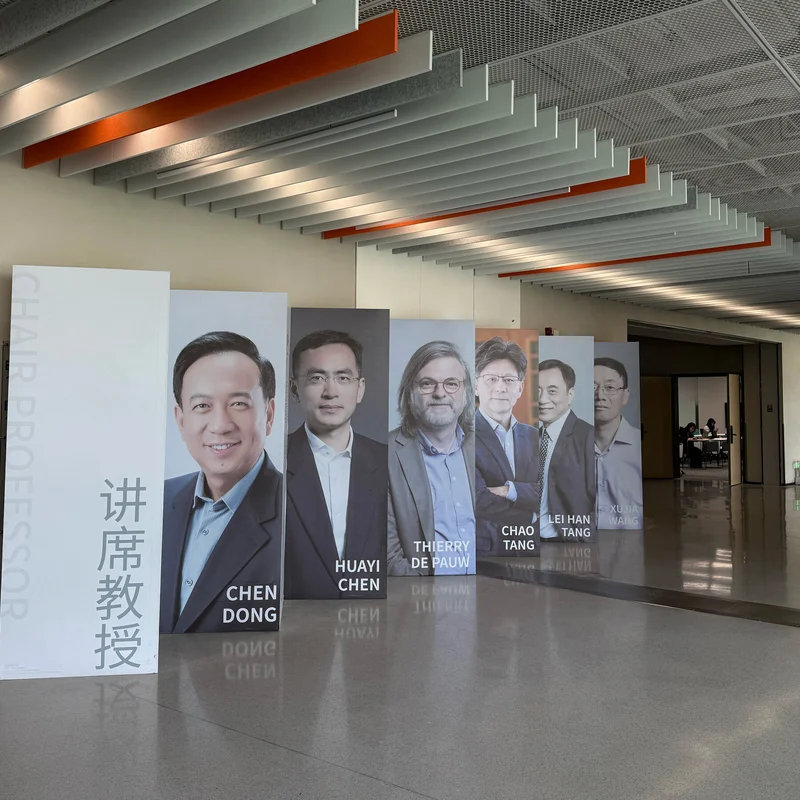In a move that’s sending shockwaves through the tech world, OpenAI has just announced a major strategic partnership with AMD—just weeks after sealing a blockbuster deal with its archrival, Nvidia. This dual alliance marks a pivotal shift in how the AI giant sources the computing power behind its cutting-edge models like GPT-5 and beyond .
Table of Contents
- OpenAI Goes All-In on Chips
- Why Partner with Both AMD and Nvidia?
- The Strategic Battle for AI Supremacy
- What This Means for Developers and Enterprises
- Historical Context: Chip Wars Heat Up
- Sources
OpenAI Goes All-In on Chips—And Plays Both Sides
OpenAI is no longer betting on a single horse in the AI chip race. By forging partnerships with both AMD and Nvidia, the Microsoft-backed AI leader is diversifying its hardware backbone to avoid supply bottlenecks, reduce costs, and accelerate innovation .
The latest deal with AMD centers on the chipmaker’s new MI300X AI accelerators, which are designed to rival Nvidia’s dominant H100 GPUs. Meanwhile, OpenAI’s earlier agreement with Nvidia reportedly involved billions of dollars’ worth of H100 and upcoming Blackwell chips .
This isn’t just about hardware—it’s about control, resilience, and staying ahead in the generative AI arms race.
Why Would OpenAI Partner with Both AMD and Nvidia?
At first glance, it seems counterintuitive. But experts say this dual-vendor strategy makes perfect sense:
- Supply Chain Security: Relying solely on Nvidia leaves OpenAI vulnerable to chip shortages and pricing pressure.
- Negotiation Leverage: Competing bids from AMD and Nvidia could drive down costs and improve terms.
- Performance Optimization: Different workloads may perform better on different architectures—flexibility is key.
- Future-Proofing: As AMD closes the software gap with ROCm, OpenAI hedges against overdependence on CUDA.
The Strategic Battle for AI Supremacy: AMD vs. Nvidia
For years, Nvidia has dominated the AI chip market with over 80% share, thanks to its CUDA ecosystem. But AMD is mounting its most serious challenge yet with the MI300 series and aggressive pricing .
OpenAI’s endorsement is a massive validation for AMD’s AI ambitions. It signals that the company’s hardware—and its software stack—are now viable for large-scale LLM training and inference.
| Chip | Peak Performance (FP16) | Memory Bandwidth | Ecosystem |
|---|---|---|---|
| Nvidia H100 | 1,979 TFLOPS | 3.35 TB/s | CUDA (mature, dominant) |
| AMD MI300X | 1,536 TFLOPS | 5.2 TB/s | ROCm (improving rapidly) |
While Nvidia still leads in raw ecosystem maturity, AMD’s higher memory bandwidth could give it an edge in certain AI workloads—especially those involving massive context windows .
What This Means for Developers and Enterprises
For the broader tech community, OpenAI’s dual-partnership strategy could accelerate the adoption of AMD-based AI infrastructure. Cloud providers like Microsoft Azure and Oracle are already offering MI300X instances, and OpenAI’s move may push AWS and Google Cloud to follow suit .
Developers may soon see more cross-platform AI tools, reducing the “CUDA lock-in” that has long frustrated the industry. Over time, this competition could lower cloud AI costs and spur innovation in model efficiency.
Historical Context: The Chip Wars Heat Up
This isn’t the first time rivals have found common cause with the same tech giant—Apple uses both Qualcomm and Intel modems, while Tesla sources batteries from Panasonic, LG, and CATL. But in AI, where software-hardware integration is critical, OpenAI’s balancing act is unprecedented.
Analysts say this marks the beginning of a new era: one where no single chipmaker owns the future of AI .




